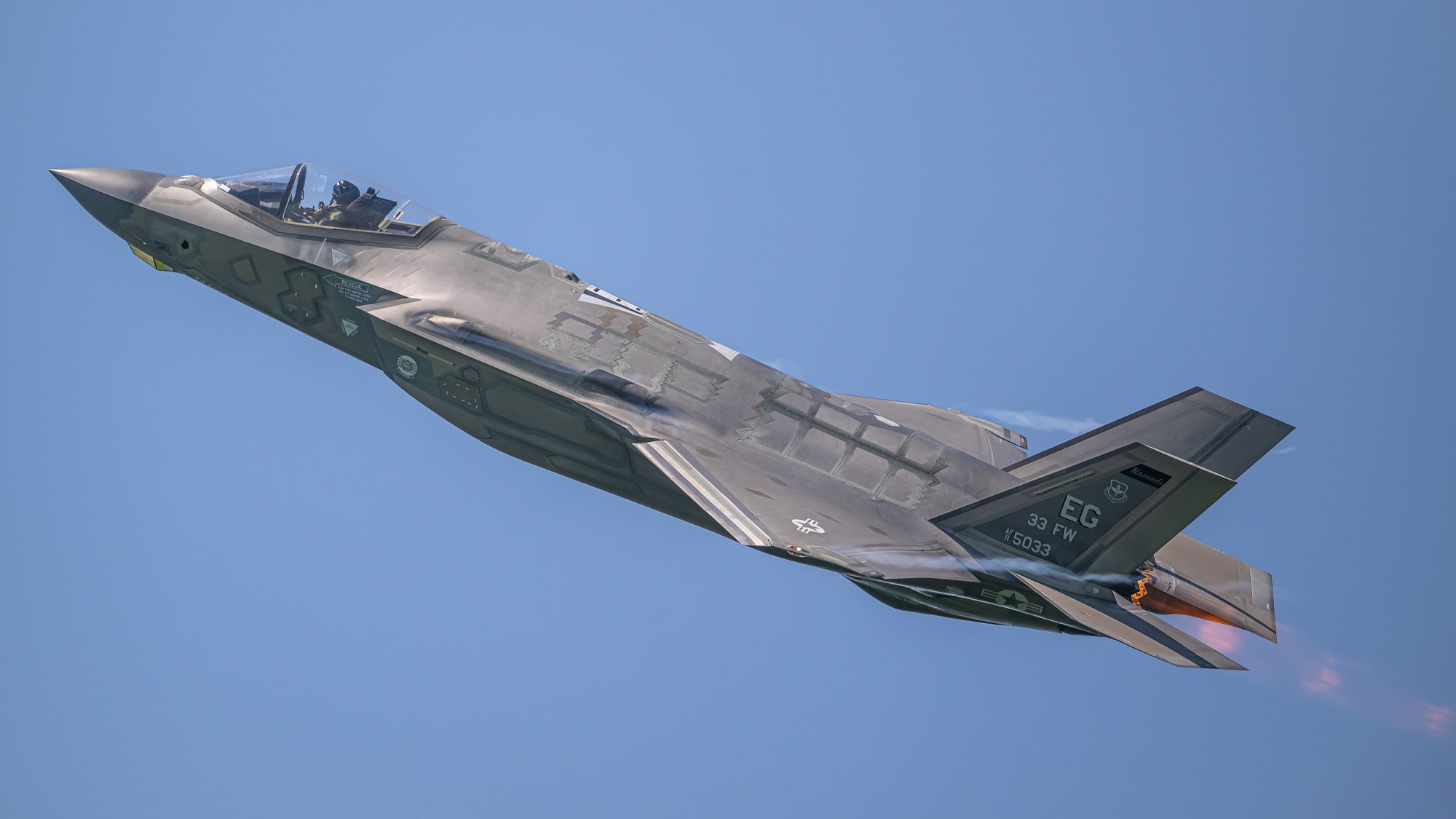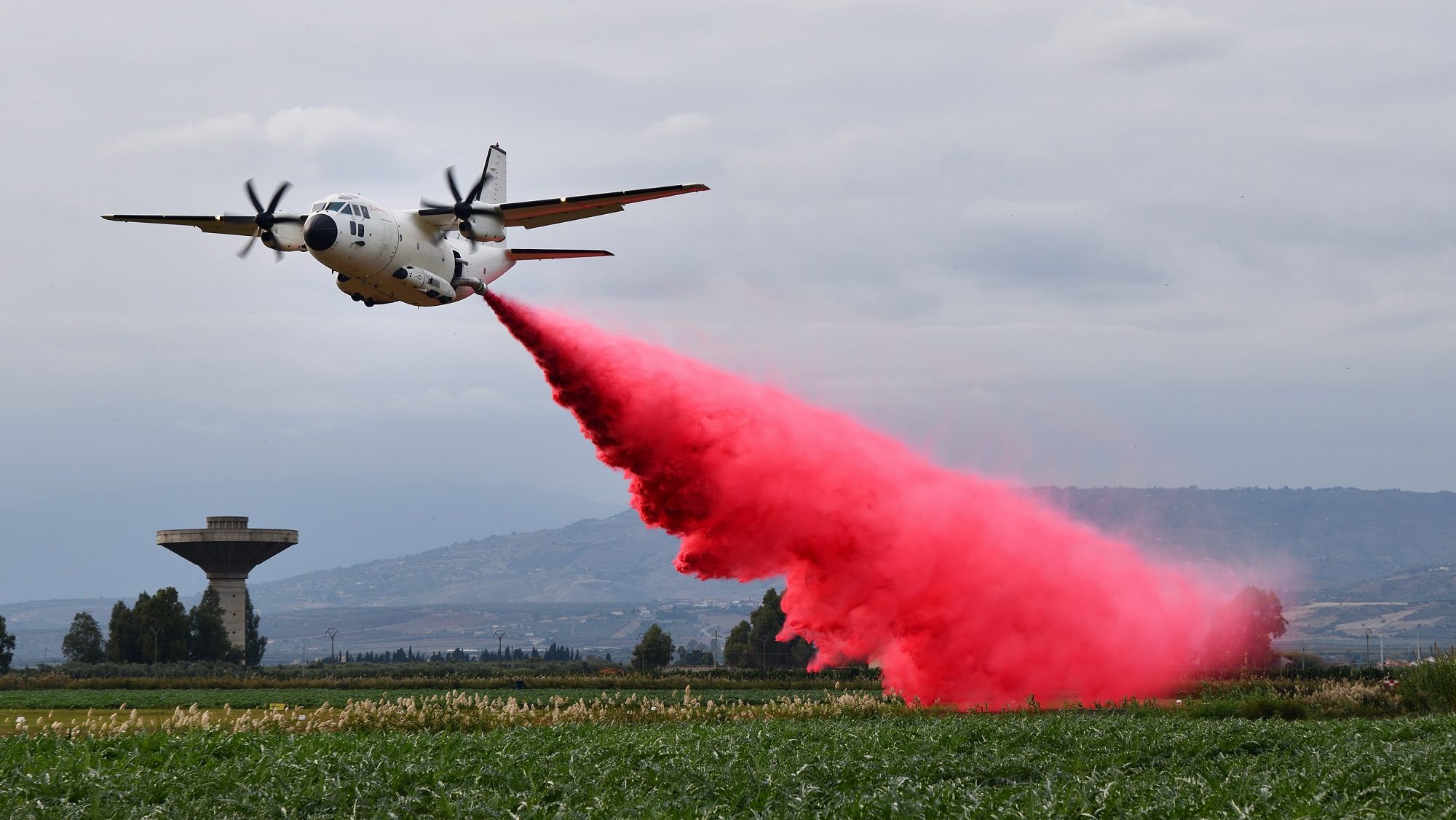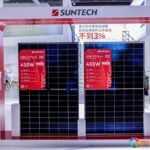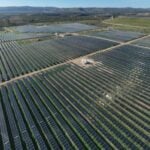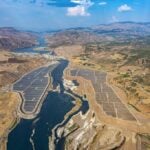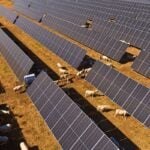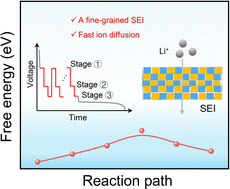Potassium‐Ion Battery Electrodes from Potassium Ferricyanide Nanoplatelets: Thin Platelets and Thick Electrodes Unlock High Areal Capacity and Excellent Rate Performance
Advanced Energy Materials, Volume 15, Issue 23, June 17, 2025.

This study converts bulk KFC powder into 2D nanoplatelets using a simple liquid-phase exfoliation. These 2D nanoplatelets are mixed with carbon nanotubes to create porous, conductive, and robust electrodes with thicknesses reaching up to 105 µm. The KFC/SWCNT nanocomposite achieves an areal capacity of 0.65 mAh cm−2 at 20 mA g−1, with a retention of 92% capacity after 500 cycles.
Abstract
Recent efforts to develop cathode materials for potassium-ion batteries (KIBs) have focused on maximizing specific capacity. However, real applications will require thick electrodes with high areal capacity that can achieve reasonable rate performance, which is a significant challenge. While Prussian blue analogs (PBAs) show promise for fast K-ion storage, they often require bespoke synthesis. In this study, potassium ferricyanide (K3Fe(CN)6, KFC) is explored as a commercially available and cost-effective alternative. Using liquid-phase exfoliation, KFC powder is converted into 2D nanoplatelets, which are combined with single wall carbon nanotubes (SWCNT) to form porous, conductive, and mechanically tough electrodes. This KFC/SWCNT nanocomposite delivers reversible capacities up to 98 mAh g−1 at 20 mA g−1, with 92% capacity retention after 500 cycles. These composite electrodes can be fabricated with thicknesses and areal mass loadings up to 105 µm and 9.6 mg cm−2 respectively and achieve an areal capacity of 0.65 mAh cm−2 at 20 mA g−1, the highest reported among PBAs. Despite being limited by solid-state diffusion, the short diffusion paths associate with the nanoplatelet geometry enable excellent rate performance.



























































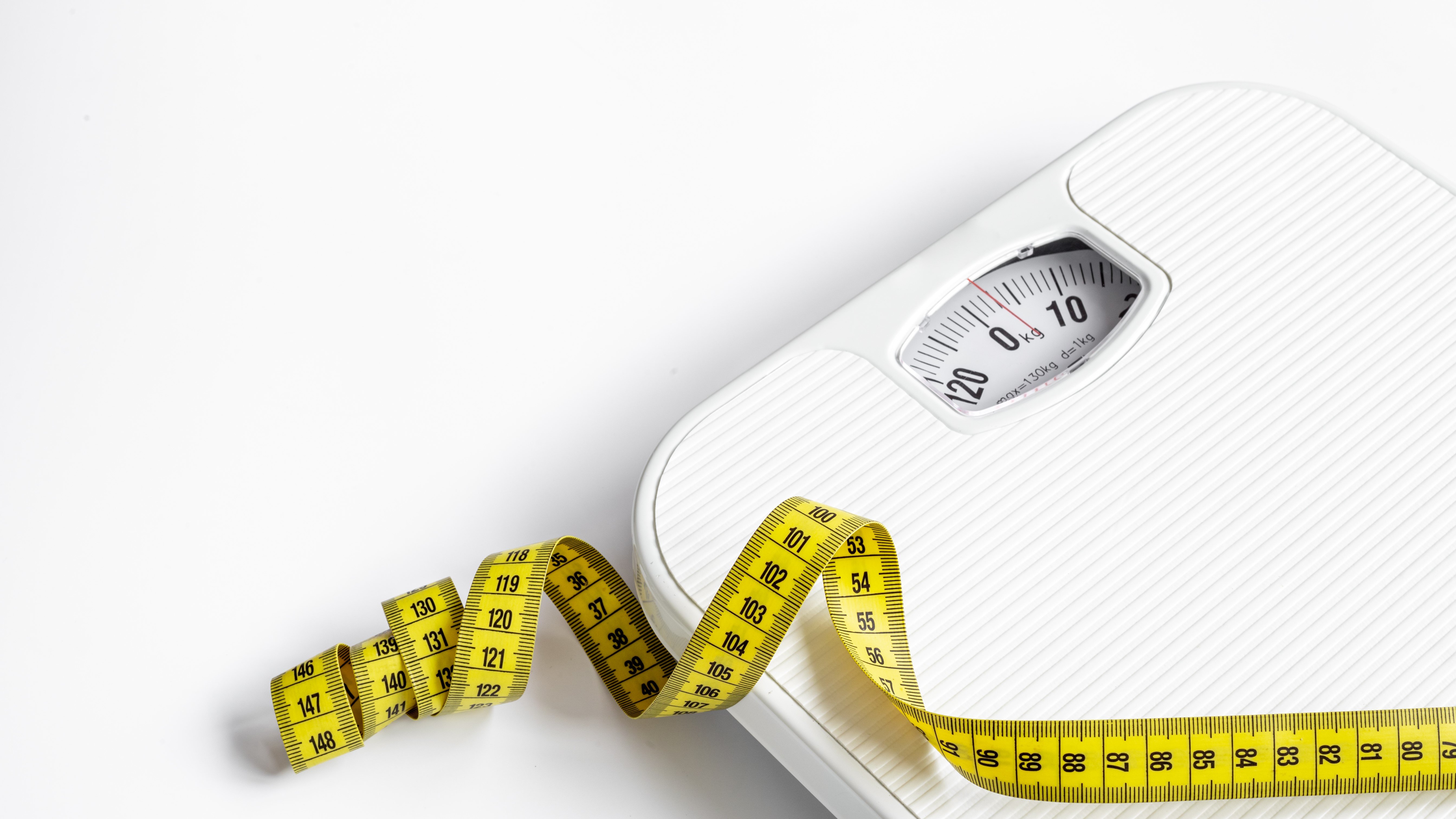


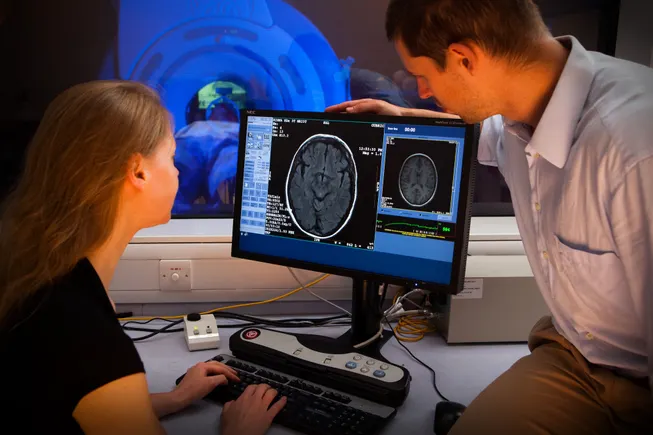


















![The sights of Paris Air Show, one last time: Day 4 [Photos]](https://breakingdefense.com/wp-content/uploads/sites/3/2025/06/20250617-helenedelacoste-Paris-Air-Show-037-scaled-e1750357690820.jpg?#)

















